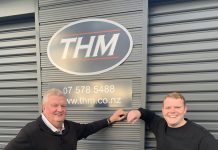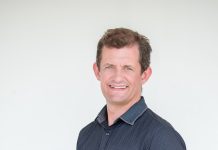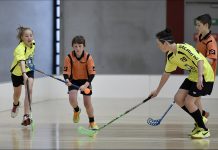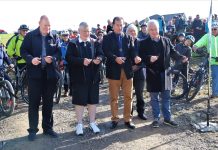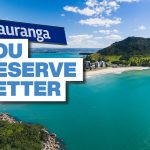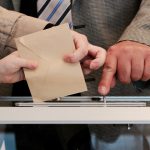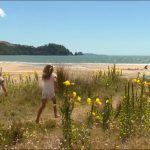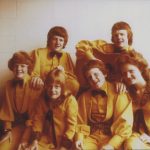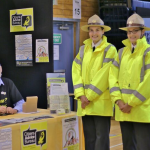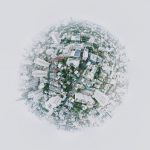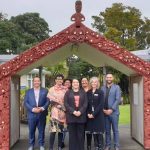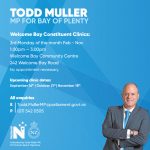The transformation of a Tapuika pā site in Te Puke has been made possible with the help of community grant funding from Western Bay of Plenty District Council.
Ngati Tuheke hapū of Makahae Marae received $19,000 from Council’s Community Matching Fund in 2017 for an environmental project to clear the Te Kahika Pā site of invasive weeds and restore its ‘korowai’ (cloak) of native trees and plants.
The project was completed in September 2018 and has resulted in the eradication of scrub and weeds and the planting of 3700 trees and plants; including a new fruit orchard and a manuka block to support the marae’s bee keeping and honey production aspirations.
Building momentum for environmental conservation
Project Manager Elva Conroy says the project has been inspirational for the whole marae community and has transformed the landscape, including opening up long lost view shafts.
“We had forgotten what our views of the Otawa and Papamoa hills were. We even have a view out to Tuhua (Mayor) Island – it’s wonderful. We could not have done this without Council’s matching fund.
“This project has been wonderful for connecting our whanau, teaching our young people about their ancestral land and encouraging them to be kaitiaki of our land in the future. It has created enthusiasm for our environment and we hope it will build momentum for future environmental projects,” says Elva.
The site had become an overgrown wilderness of weeds and included plants such as wattle, wandering dew, woolly nightshade and Chinese privet that were known irritants to whanau health.
Value-adding initiative
The project aims to enhance the ecological value of Te Kahika Pā by planting native trees for bird habitat, encourage the planting of rongoā plants for healing and education, fruit trees for the marae and the on-site kohanga reo and to establish a manuka block to produce honey for the marae.
The marae intends using the land for sustainable management using traditional and contemporary knowledge. It has also created a pathway to reconnect the marae to the Waiari River.
The project involved numerous whanau working bees, the input of six local schools and at least 350 school children, including primary, intermediate and high school students. Te Puke High School science and technology students provided special help with drone footage of the project and will continue working with Makahae Marae on future projects.
Council’s community engagement adviser Glenn Ayo says the project is a winner on many levels.
“Firstly, from a Council perspective, it’s great to see the Matching Fund achieving its goals, but it’s also good to see a win for the environment, a win with the involvement of our young people and a win for a local marae that’s looking fantastic now.
“I particularly acknowledge the huge workload that Elva has put in to make this happen. Ka mau te wehi.”
Te Kahika Pā draws its name from the once plentiful kahikatea forests which grew throughout the wetland basin providing a green-belt of harakeke and raupō. The attributes and value of the kahika tree to Ngati Tuheke are found in traditional korero.
The Community Matching Fund of $100,000 is Council’s annual contribution to groups that show outstanding commitment to their communities and that can `match’ Council’s cash grant – be it in volunteer hours, cash in hand or similar matching criteria. The fund is split into $40,000 for ecological projects such as the Makahae Marae project and $60,000 for all other community projects.







